Husqvarna South Island Farm Foresters of the Year 2017 - Mark and Marjorie Hay
New Zealand Tree Grower May 2017.
Mark and Marjorie Hay and their son Isaac farm near Lawrence in South Otago. Their property, Glenayr, covers 893 hectares and is situated on the highest part of the surrounding countryside. The altitude varies from 150 metres above sea level to 400 metres and much of the farm is prone to the prevailing westerly wind. Snow is expected in most winters but with an average annual rainfall of only 650 mm the farm is susceptible to drying out in summer. The soils are predominantly well drained yellow brown earth with a few rocky outcrops in the many steep sided gullies which cut through the farm.
It is in those gullies that Mark and Marjorie have planted their trees. The largest of these blocks planted in 1998 is a joint venture with Mark’s sister. The 35 hectares of radiata pine are of good form, and as with the other 28 hectares of pine, timely pruning and thinning is confirmed by third party stand records.
An earlier planted block suffered considerable snow damage when young and although the trees have recovered well, the snow risk is one reason why later plantings on south and west lying gullies have mainly consisted of Douglas-fir. This species appears to thrive in the raised inland environment even though the annual rainfall is lower than ideal. Macrocarpa have been tried but canker infection and the increased silviculture costs have not encouraged further investment in cypresses.
Most of the areas planted in exotic species were previously plagued by broom and tutu infestation, so fencing of these gullies from stock has made stock management easier with the added benefit of the shelter that the trees provide. When you add the protection of the waterways, stabilisation of steep sidelings and weed control to the returns which will come from the log sales, these land use decisions seem sensible, but too many neighbouring farms ignore the lessons.
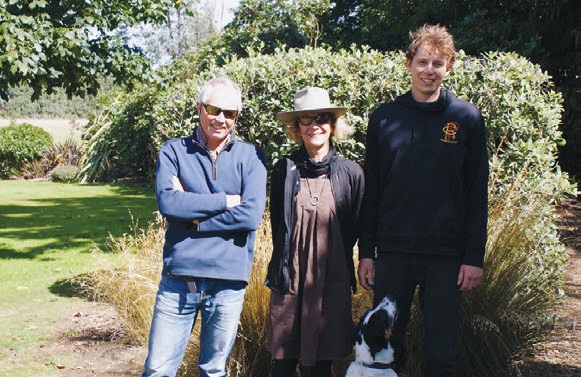
Shelter and amenity
Shelter and land stabilisation have also been motivating factors for planting. Veronese poplars are now the favoured species for preventing slips on steep slopes. Their narrow crown and deep roots gives them good holding ability but still allows grazing right up to the stem. Several different combinations have been tried for shelterbelts. Thuja plicata is a favourite by itself or with natives. Eucalyptus nitens also features but its invasive roots and requirement for trimming count against it as ideal shelter. Kanuka, flax and snow tussocks still thrive in the gullies thanks to careful management of the 100 cattle on the farm. A total of 5,400 ewes and 1,400 hoggets make up the rest of the stock.
Complementing the 98 hectares in exotic plantings and 3.5 km of shelter belts are the amenity plantings around the house and ponds and the more than eight hectares planted in native species. Attendees at the 2012 conference hosted by South Otago and Mid Otago may remember the visit to the oldest of the native plantings, a two-hectare gully down the road from the homestead. Five years later the 4,000 plants are creating their own environment as they begin to join hands and provide a haven for birds.
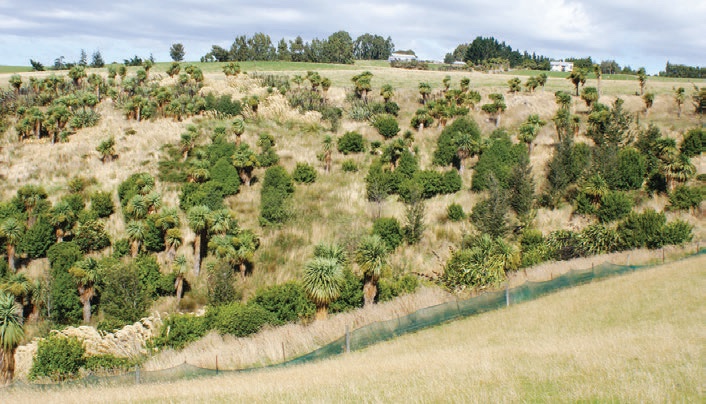
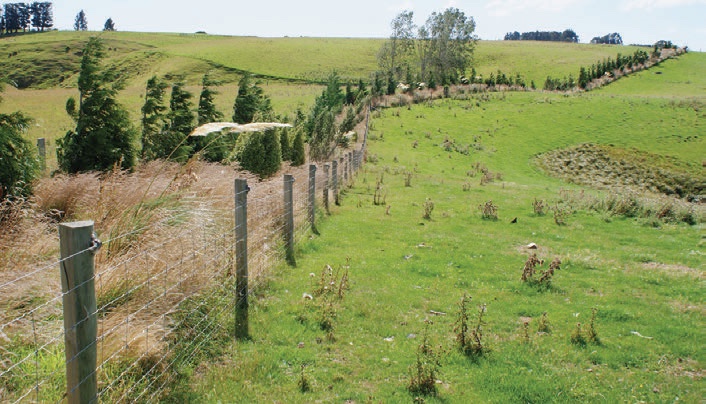
Native species
Mark and Marjorie have put a lot of effort in recent years into planning and establishing natives in gullies and around dams. This has been made more difficult by the presence of many wild deer in the area which like
to browse on the young plants. Mark has successfully countered these invaders by topping up the surrounding fences with three barbed wires. Most of these recent plantings have not yet emerged above the cocksfoot but they are established and will be a feature in years to come.
Beech and kowhai are heavily favoured with tree lucerne added to provide more food for wood pigeons. Prunus have been planted around one pond to provide colour in spring and autumn.
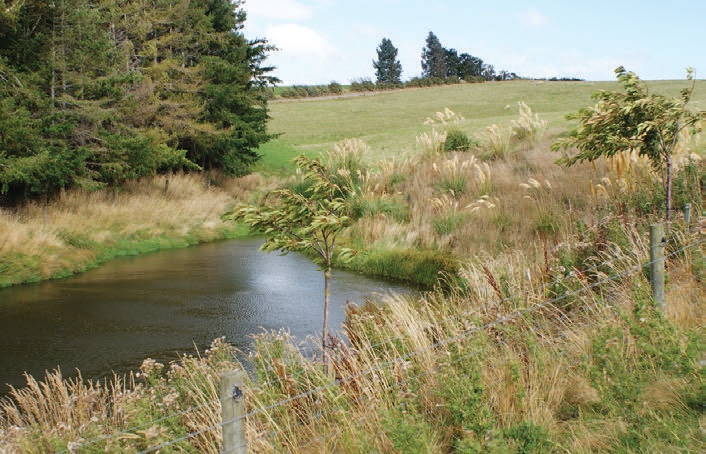
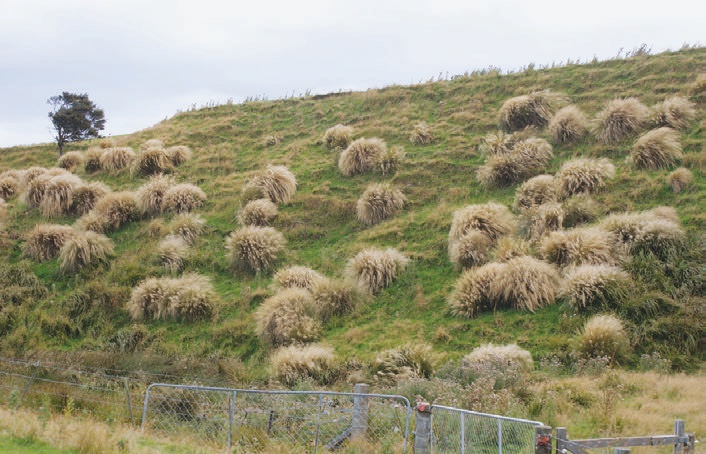
Community involvement
Both Mark and Marjorie are heavily involved in the Lawrence community. Mark is a director of the local health company and helps run the bowls and the golf club. Marjorie has applied her skills to the Lawrence Historical Society which works to preserve and display the colourful history of the town. Mark has been a key member of the South Otago farm forestry committee since 2001 with three years served as President. He organised all the sponsorship for the 2012 conference and also took a lead role with the field days. Mark is an active encourager of trees on farms at field days and discussion groups.
Glenayr is another good example of a farm where trees have been planted for a multitude of positive uses. The Hays farm again helps demonstrate that farm forestry is an integral part of having a sustainable and viable farming industry.
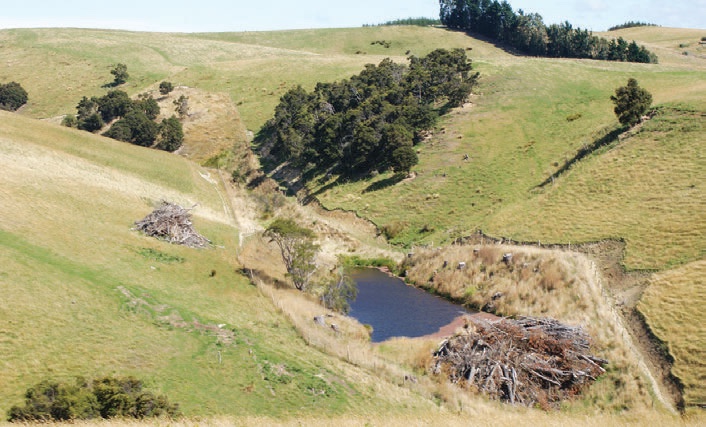
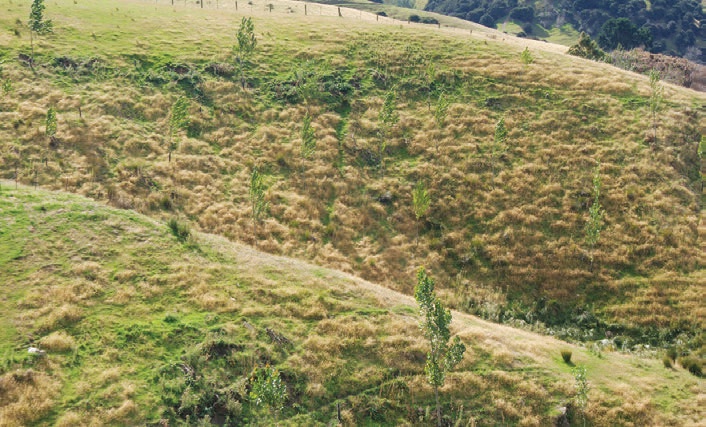
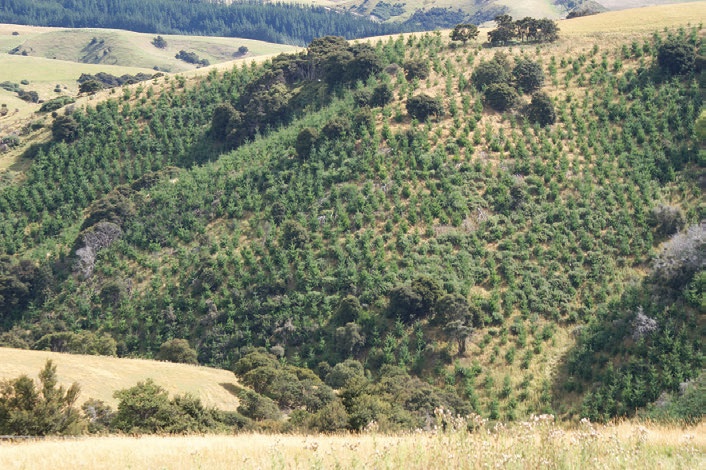
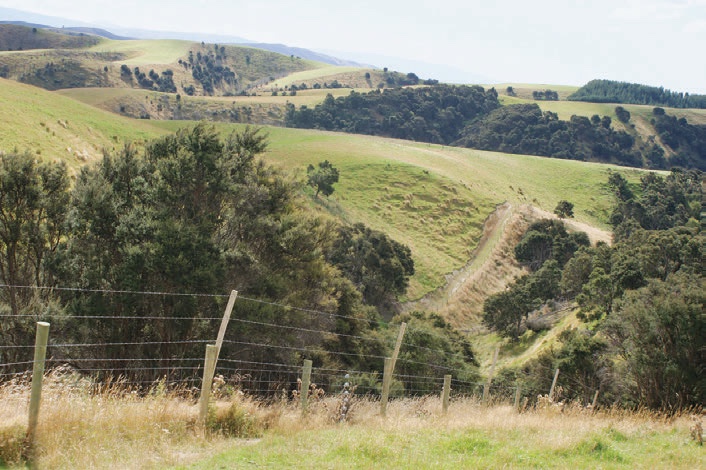

 Farm Forestry New Zealand
Farm Forestry New Zealand